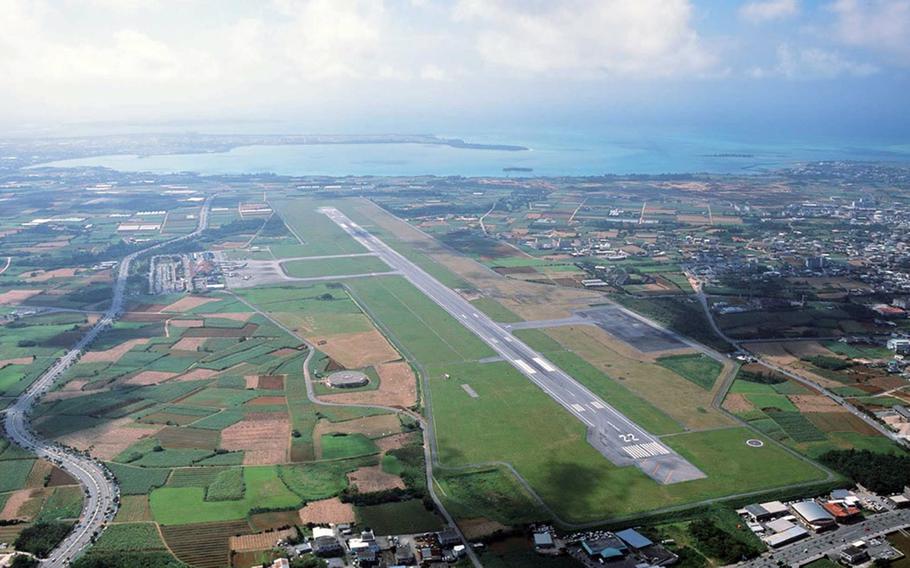19/10/2024 Giappone, Kyūshū, Ryūkyū, Okinawa, Miyako, Miyakojima
“If you ever come across anything suspicious like this item, please do not pick it up, contact your local law and/or enforcement agency for assistance”
CAMP FOSTER, By KEISHI KOJA. Okinawa — Contractors looking for unexploded ordnance earlier this month found two suspected World War-II era bombs on Miyakojima, a popular tourist destination 170 miles southwest of Okinawa. The 551-pound, unexploded bombs were discovered Oct. 8 and 11 on a property next to Miyako Airport, a Miyakojima city Disaster Prevention and Crisis Management Division spokesman said by phone Thursday. Okinawa prefecture hired the contractors to make a magnetic survey of the property. City officials are planning with the 101st Explosive Ordnance Disposal unit of the Japan Ground Self-Defense Force to remove the bombs, the spokesman said. “We want to remove them as soon as possible,” he said. Some Japanese government officials are required to speak to the media only on condition of anonymity. Magnetic surveys were proposed at other Japanese airports, including the Naha Airport on Okinawa, after a 500-pound WWII-era device exploded Oct. 2 underneath a taxiway shoulder at Miyazaki Airport on Kyushu, the southernmost of Japan’s four main islands. The Ministry of Land, Infrastructure, Transport and Tourism started emergency magnetic surveys at Miyazaki Airport on Wednesday night, according to a release on the ministry’s website. Approximately 2,000 tons of ordnance remain undiscovered out of 200,000 tons dropped on the main island during the Battle of Okinawa, according to the prefecture’s General Bureau website. Crews disposed of nearly 22 tons of unexploded ordnance between April 1, 2023, and March 31.
警察は「不発弾を見つけたら近づかず連絡してほしい」と話しています
Dear editors, Biography of a bomb is aimed at highlighting the danger caused by unexploded bombs. Moreover, the most important aspect is that we work completely non profit, raising awerness about this topic is what drives us. We apologize if we make use of pictures in yours articles, but we need them to put a context in how findings are done. We will (and we always do) cite source and author of the picture. We thank you for your comprehension





